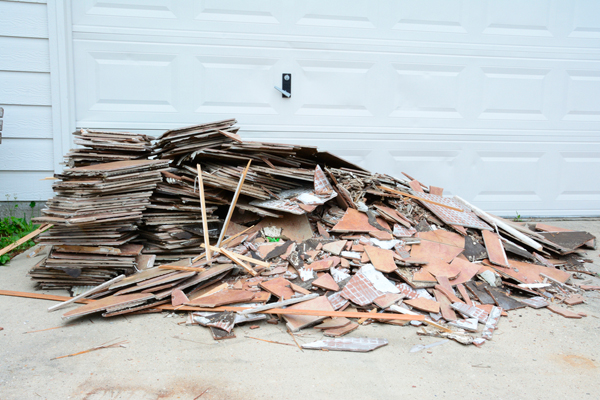Construction defects can have significant consequences for property owners and construction professionals alike. Recognizing common examples of construction defects is essential for identifying potential issues, taking corrective action, and ensuring the quality and safety of built structures. In this blog post, we will explore several prevalent examples of construction defects, ranging from design and material flaws to workmanship and structural issues.
Design Defects
Design defects occur when there are errors or deficiencies in the architectural or engineering design of a structure. Some common examples include:
a. Inadequate Structural Support: Insufficient structural elements, such as beams, columns, or load-bearing walls, can lead to structural instability, sagging floors, or even collapse.
b. Improper Sizing or Placement of Components: Design errors in sizing or placing components like windows, doors, or HVAC systems can affect functionality, energy efficiency, and the overall aesthetics of the building.
c. Inadequate Drainage or Grading: Poorly designed drainage systems or inadequate site grading can result in water pooling, basement flooding, or soil erosion.
Material Defects
Material defects occur when substandard, defective, or inappropriate materials are used during construction. Examples of material defects include:
a. Low-Quality Building Materials: Inferior quality materials, such as weak concrete, subpar roofing shingles, or cheap plumbing fixtures, can lead to premature deterioration and failure.
b. Faulty Electrical Components: Improperly wired or faulty electrical components, such as outlets, switches, or circuit breakers, can pose fire hazards or result in electrical malfunctions.
c. Defective Plumbing Materials: The use of faulty or substandard plumbing materials may lead to leaks, pipe bursts, or inadequate water pressure.
Workmanship Defects
Workmanship defects arise from errors, negligence, or poor craftsmanship during the construction process. Some examples of workmanship defects include:
a. Improper Installation: Incorrect installation of building components, such as windows, doors, or flooring, can result in air leaks, water infiltration, or premature deterioration.
b. Shoddy Painting or Finishing: Poor painting techniques, uneven finishes, or inadequate surface preparation can lead to cosmetic issues and reduced durability.
c. Inadequate Insulation: Insufficient insulation installation can cause energy inefficiency, uncomfortable indoor temperatures, and increased utility bills.
Structural Defects
Structural defects involve flaws in the structural integrity or stability of a building. Common examples include:
a. Foundation Issues: Cracked or settling foundations due to soil instability, improper compaction, or inadequate reinforcement can lead to structural damage and compromised safety.
b. Roofing Problems: Improper installation, defective materials, or inadequate flashing can result in roof leaks, water damage, and compromised structural integrity.
c. Wall or Floor Cracks: Structural movement, inadequate support, or design flaws can cause cracks in walls or floors, affecting both the aesthetics and stability of the structure.
Recognizing examples of construction defects is crucial for identifying potential issues and taking corrective measures. Whether they involve design flaws, material deficiencies, workmanship errors, or structural issues, construction defects can impact the functionality, durability, and safety of a building. By understanding these examples and emphasizing quality construction practices, stakeholders in the construction industry can strive to prevent and address construction defects, ensuring the creation of structurally sound and satisfactory built environments.


